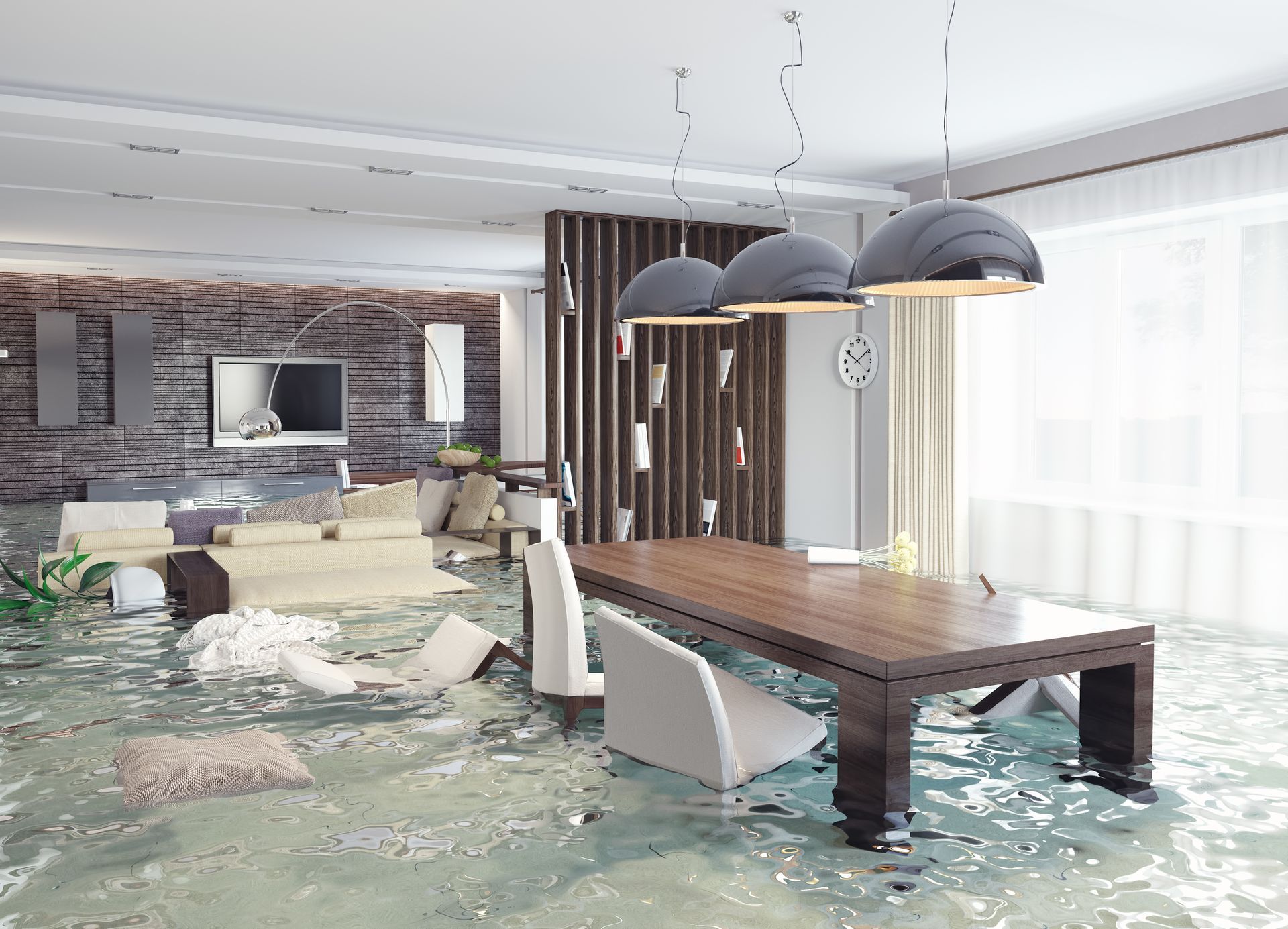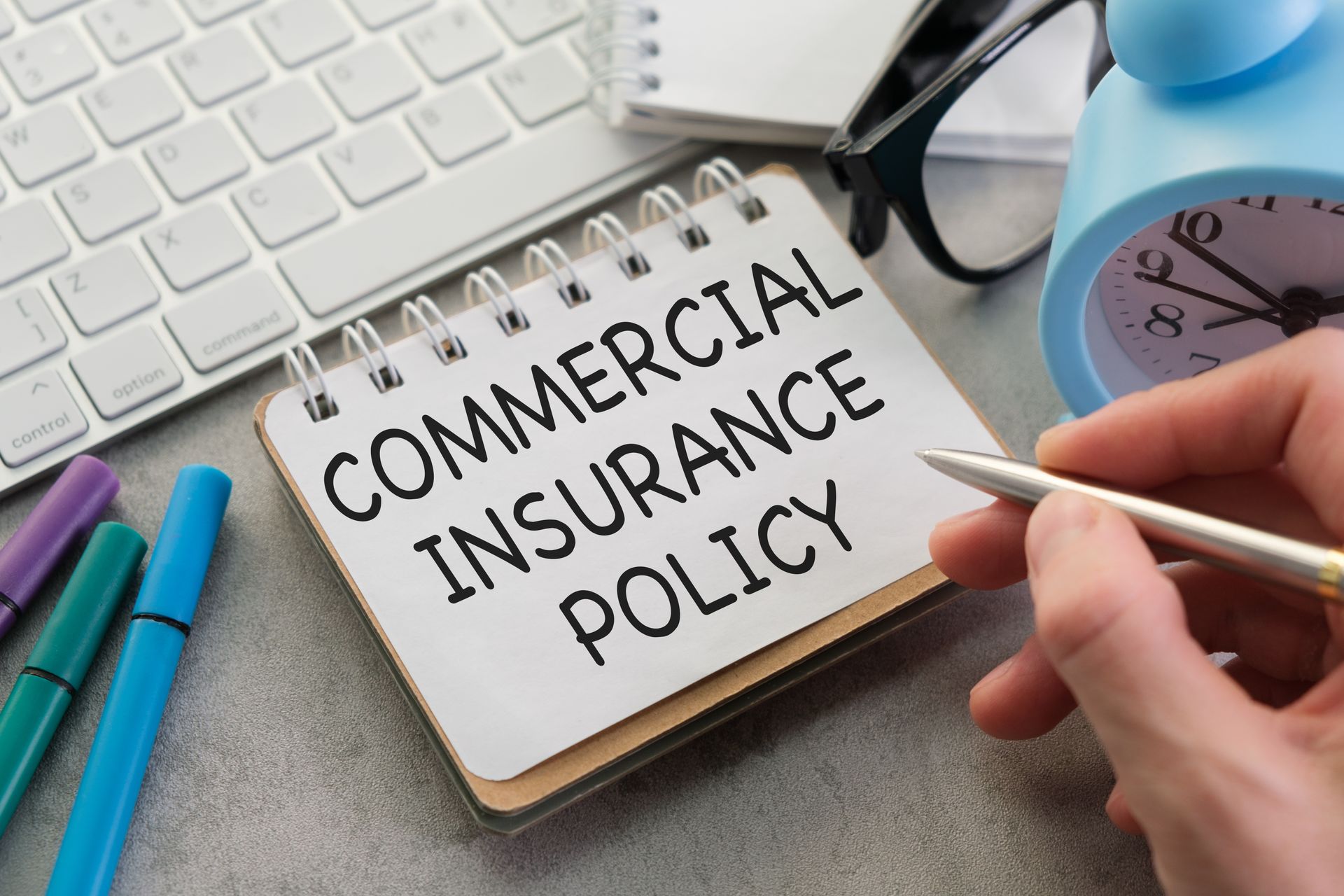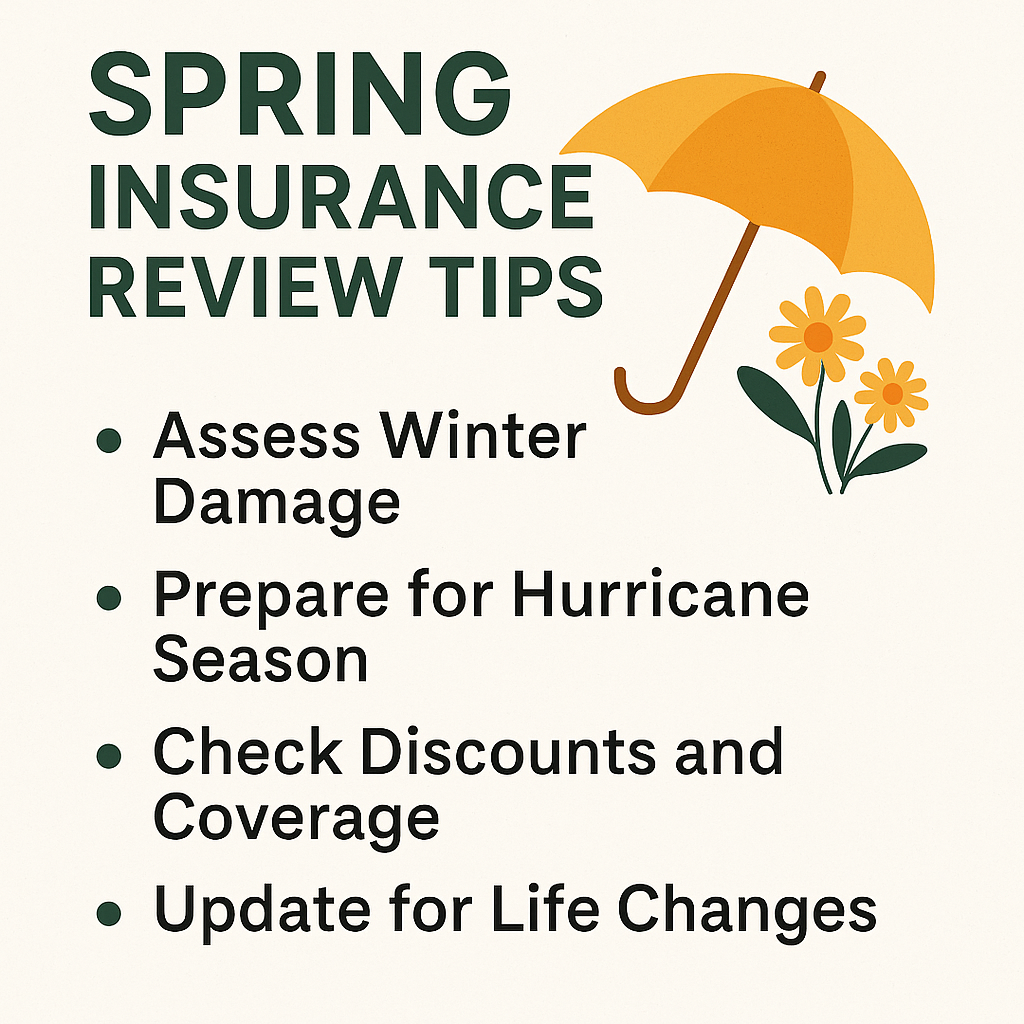Flood Insurance: Do you need it and what does it cover?

Living in Flagler County, Florida, means enjoying the beautiful coastlines, pleasant weather, and a vibrant community. However, it also means facing the reality of flood risks, especially during the hurricane season. Flood insurance is an essential consideration for homeowners and business owners in this region. This blog will explore why you need flood insurance, what it covers, and how it specifically applies to residents of Flagler County.
Understanding Flood Risks in Flagler County
Flagler County is particularly vulnerable to flooding due to its geographic location and weather patterns. The county is bordered by the Atlantic Ocean to the east and contains several rivers, lakes, and wetlands, all of which contribute to the flood risk. Heavy rains, storm surges, and hurricanes can cause significant flooding, affecting homes and businesses. According to the Flagler County Emergency Management, the area has experienced numerous flood events in the past. The county's topography, with its low-lying areas and proximity to water bodies, makes it susceptible to both coastal and inland flooding. Residents should be aware of their flood zones, which can be identified through the FEMA Flood Map Service Center.
Why You Need Flood Insurance
1.Standard Homeowners Insurance Doesn’t Cover Flooding: Many homeowners mistakenly believe that their standard insurance policies cover flood damage. However, typical homeowners insurance does not include flood protection. Flood insurance is a separate policy specifically designed to cover losses due to flooding.
2. High Cost of Flood Damage: Flood damage can be incredibly costly. According to the Federal Emergency Management Agency (FEMA), just one inch of floodwater can cause up to $25,000 in damage. Without flood insurance, homeowners and businesses would have to cover these expenses out of pocket.
3. Mandatory for High-Risk Areas: If you live in a high-risk flood zone and have a mortgage from a federally regulated or insured lender, you are required to have flood insurance. Even if you live in a moderate-to-low-risk area, flood insurance is recommended as over 20% of flood claims come from these areas.
4. Peace of Mind: Having flood insurance provides peace of mind. Knowing that you are financially protected against potential flood damage allows you to focus on recovery and rebuilding in the event of a flood.
What Flood Insurance Covers
Flood insurance covers two main types of property: building property and personal property. It's essential to understand what each type includes:
1. Building Property Coverage:
○The Building and Its Foundation: Covers the building itself, including the foundation and electrical and plumbing systems.
○HVAC Equipment: Heating, ventilation, and air conditioning systems are covered.
○Appliances: Permanently installed appliances such as refrigerators, stoves, and dishwashers.
○Flooring and Carpeting: Includes permanently installed carpeting over an unfinished floor.
○Detached Garages: Up to 10% of building property coverage can apply to detached garages.
2. Personal Property Coverage:
○Personal Belongings: Clothing, furniture, and electronic equipment.
○Curtains: Window treatments such as curtains.
○Portable and Window Air Conditioners: These units are covered.
○Microwave Ovens: Portable microwave ovens are included.
○Valuable Items: Valuable items such as artwork and furs are covered up to $2,500.
Flood Insurance in Flagler County
Given the specific flood risks in Flagler County, residents should take proactive steps to protect
their properties. Here are some steps to consider:
1.Evaluate Your Risk: Use the FEMA Flood Map Service Center to determine your flood zone. Understanding your risk level will help you make informed decisions about purchasing flood insurance.
2.Purchase Adequate Coverage: Work with a knowledgeable insurance agent to ensure you have the right amount of coverage. Consider both building and personal property coverage to fully protect your home and belongings.
3.Stay Informed: Keep up-to-date with local news and updates from the Flagler County Emergency Management. They provide valuable information on flood risks, emergency preparedness, and evacuation routes.
4.Prepare Your Property: Take steps to mitigate flood damage. This can include elevating electrical systems, installing sump pumps, and using flood-resistant building materials. The Flagler County Government offers resources and guidance on how to prepare your property for flooding.
Conclusion
Flood insurance is a critical component of protecting your home or business in Flagler County. Given the area's vulnerability to flooding, having a flood insurance policy can save you from significant financial losses and provide peace of mind. Assess your flood risk, purchase adequate coverage, and stay informed to ensure you are prepared for any potential flood events.
For more information on flood insurance and how to protect your property, visit the National Flood Insurance Program (NFIP) website and the Flagler County Emergency Management page.
By taking these proactive steps, you can safeguard your home or business against the devastating effects of flooding and ensure a quicker recovery in the event of a disaster.










